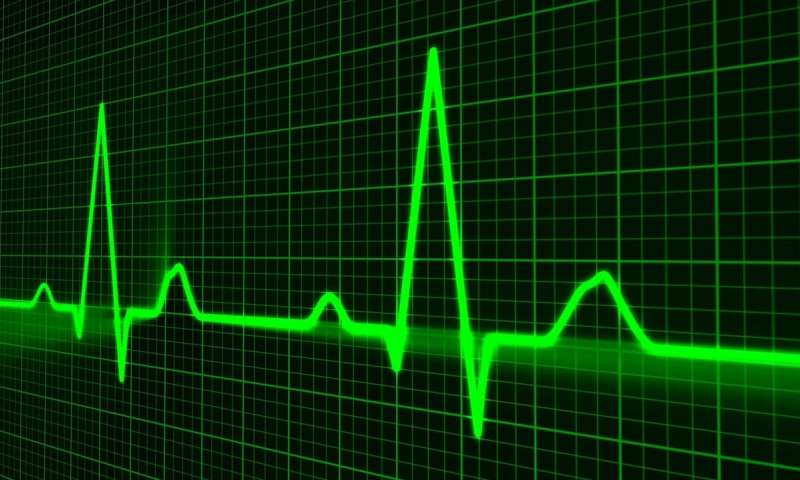HOME
To repair a damaged heart, three cells are better than one

Cell therapy for cardiac regeneration, while promising, has been hampered by issues with long-term survival of the transplanted cells. Now, a technique that combines three different types of cells in a 3-D cluster could improve its efficacy in reducing scar tissue and improving cardiac function after a heart attack.
Called CardioCluster, the bioengineering technique was developed by Megan Monsanto, a recent doctoral candidate who worked with Mark Sussman, distinguished professor of biology at the San Diego State University Heart Institute. They found there is strength in numbers, even in cell therapy.
Their research shows the cell clusters improve heart function because they have much better retention rates compared to single cell injections—the clusters persisted inside the heart walls of mice models for as long as five months after transplantation, a significant advancement.
As a master's student in bioengineering at SDSU, Monsanto became very interested in tissue culture of cells for cardiac research. This led her to Sussman, a molecular biologist and longtime principal investigator at the institute.
News Source